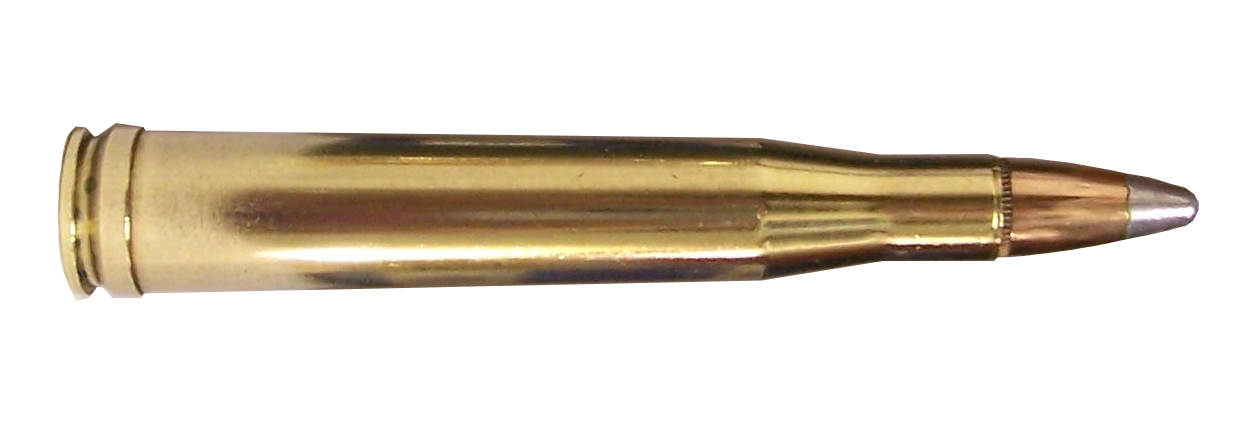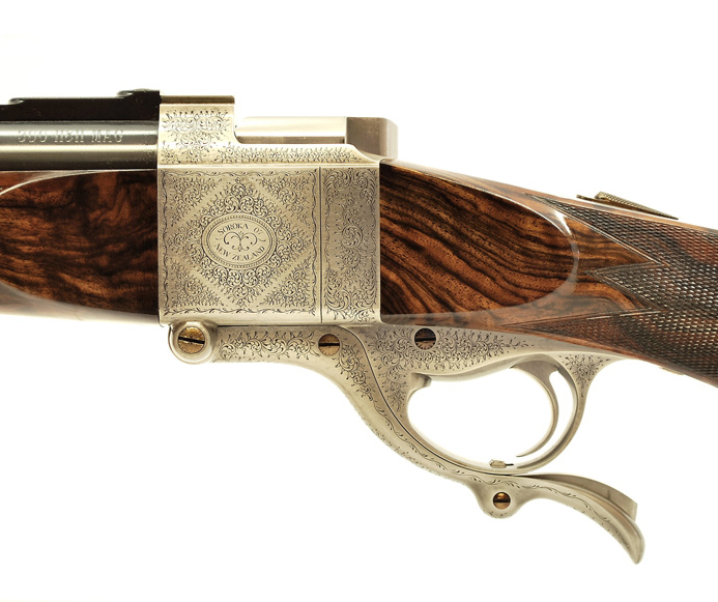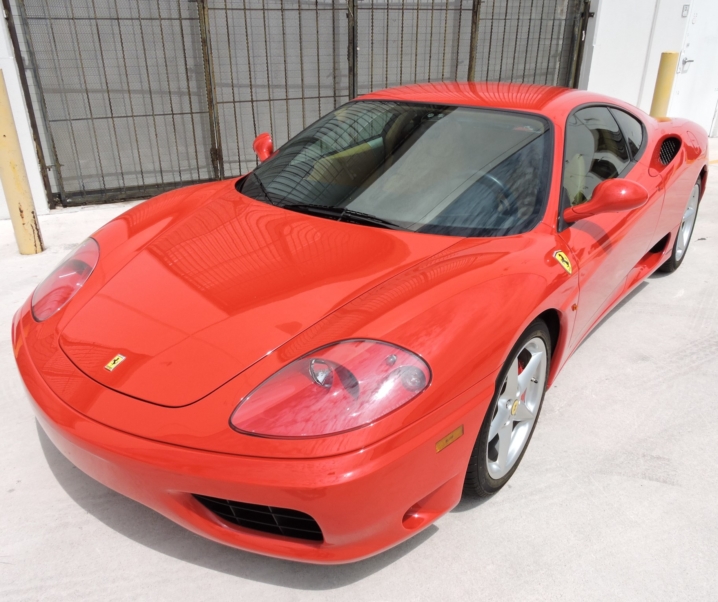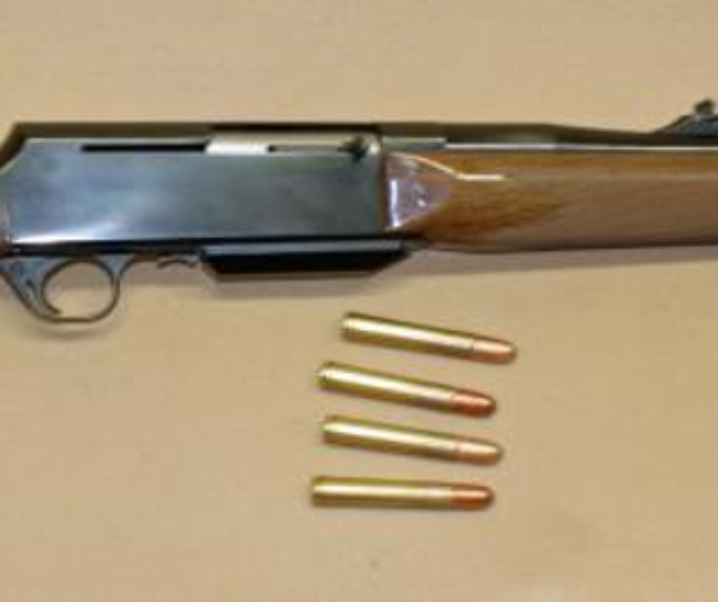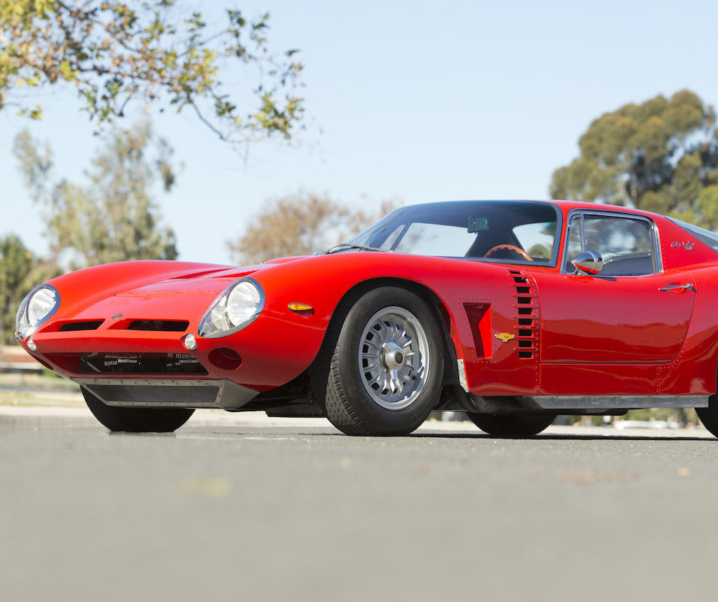Introduction: The Dawn of the Belted Cartridge Case
The story of the .300 Holland & Holland Magnum traces all the way back to 1905 when British rifle-maker Holland & Holland wanted to make .375″ caliber magazine rifles (i.e. bolt action rifles) to compete with the 9.5 Mannlicher and the .375 Flanged Nitro Express 2½” Velopex. The .375 Flanged Nitro Express 2½” used a rimmed cartridge which was ideal for single shot and double rifles but not for bolt action magazine rifles, although the cartridge was successful in the Lee Enfield bolt action magazine rifle because it was designed for the rimmed .303 British.
Back in those early days of smokeless powder propellants the British primarily used Cordite in small arms. Cordite was made in long strands and was at its best in gently tapered cartridge cases. This encouraged the use of rimmed (i.e. flanged) cartridge case designs so that the cartridge could headspace on the rim. What Holland & Holland wanted to do however was to remove the need for a rim so they could get the best and most reliable feeding in a magazine rifle, but still have something that would act like a rim and provide positive headspacing. This led to a design process that probably went something like “What do you get when you cross a rimmed case with a rimless case? Answer: a belted case.”
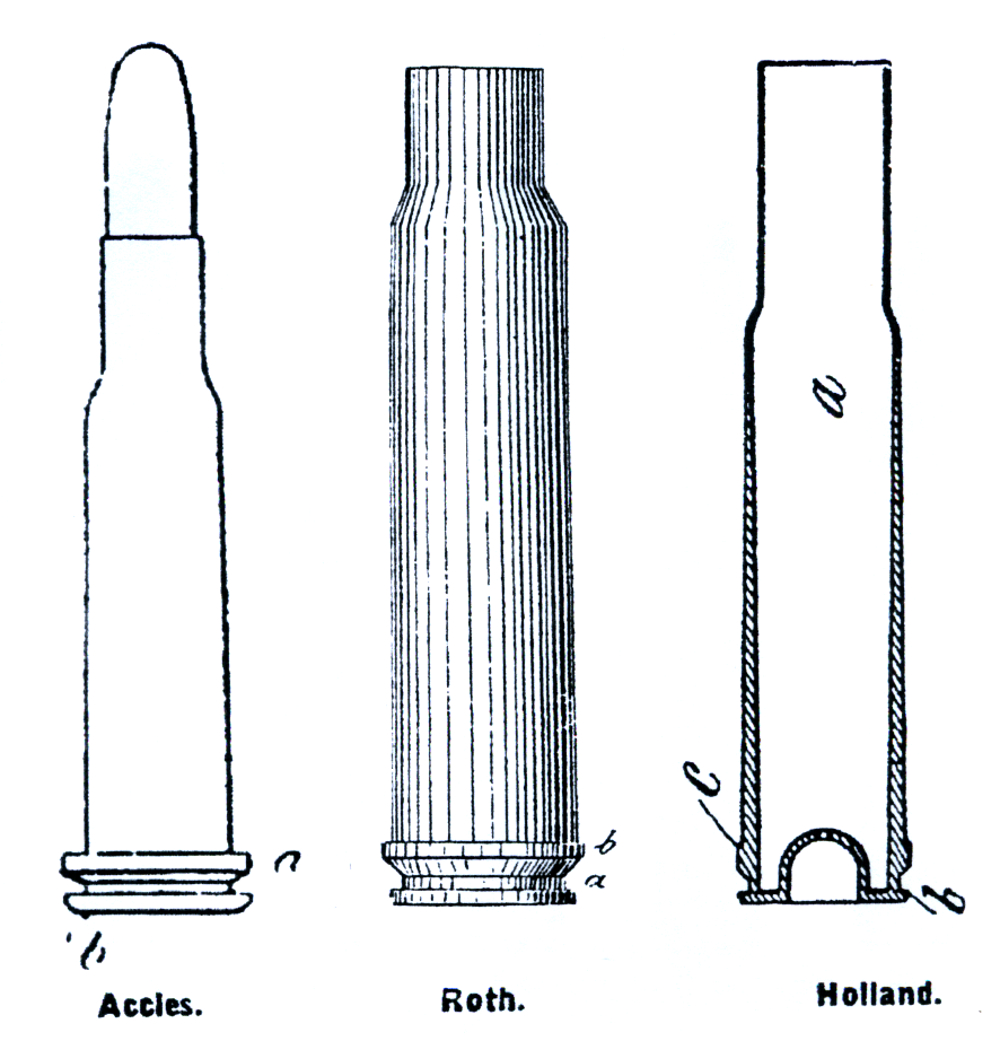
Holland & Holland’s 1905 invention of the belted case design for headspacing was in fact the third in the world. It had been preceded by J.G. Accles of Birmingham in 1889 and by famous Vienna gunsmith G. Roth in 1892. Holland & Holland however were the ones who actually put belted cartridges into production with their 400/375 Belted Nitro Express.
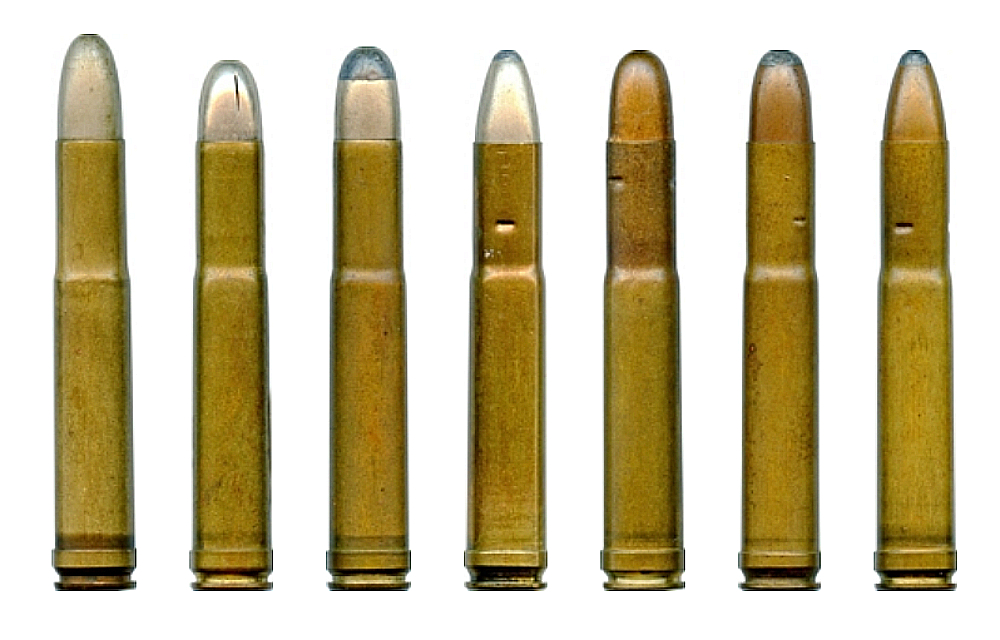
Its important to realize that the belted cartridge was created not to withstand the high pressures of magnum calibers, but for headspacing. It is the belted case’s positive headspacing that made it not only a great performer in the original Holland & Holland cartridges it was used for, but which also made it the perfect choice for the Wildcatters who would later use the headspacing provided by the belt to make creation of such cartridges as the .300 Weatherby Magnum much easier than would have been possible with a rimless case. In fact there have even been a couple of belted pistol cartridges; The British .39 BSA and the American .40 G&A, created by Guns & Ammo Magazine which was a great design that unfortunately didn’t gain acceptance.
As it turned out the 400/375 Belted Nitro Express was not destined to last for long: over in Berlin, Germany, a gunsmith named Otto Bock created the rimless 9.3×62 (aka 9.3×62 Mauser) which provided much better performance and which was purpose designed for the Mauser 98 bolt action. It was a great performer, it came in modest priced rifles of good quality, and it appeared in 1905, the same year Holland & Holland launched their more expensive, and less powerful belted cartridge.
The Daddy of all 30 Caliber Magnums Makes its Debut
Thus it was that the gentlemen of Holland & Holland had an “Oh dear, how sad, never mind” moment, probably followed by a nice calming cup of tea. But then, rather than admit defeat, they decided to create something better than Otto Bock’s offering, something that would be a genuine African and Asian “all around” cartridge. The .375 Holland & Holland of 1912 was the cartridge they created and it has been loved by hunters world wide ever since. It would become so ubiquitous that it would come to be called “The world’s 30-06”.
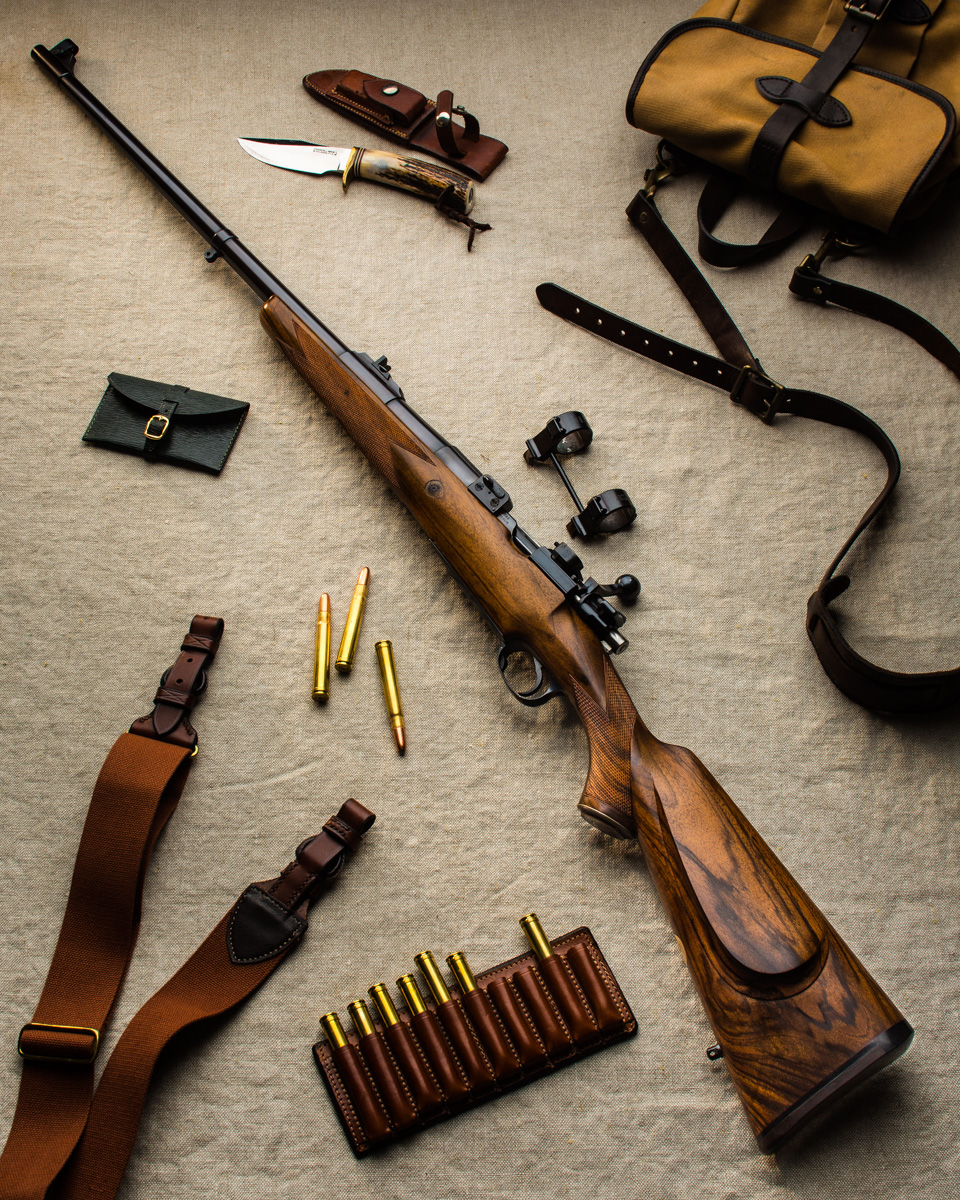
The .375 Holland & Holland Magnum was made in two versions, belted for bolt action magazine rifles, and flanged (i.e. rimmed) for double rifles and single shots. The loading for the .375 Flanged Magnum Nitro Express was kept to slightly lower pressures than those for the belted version to ensure flawless function in double rifles whose actions are not as strong as a Mauser type bolt action. The other action type used for the 375 Flanged Magnum Nitro Express was the Farquharson single shot which, like the Ruger No.1, is just as strong as a Mauser type bolt action.
The .375 Holland & Holland Magnum was made with three bullet weights to cater for different types of hunting. These were a 235 grain pointed bullet ahead of 62gn of Cordite traveling at 2,800fps, a 270 grain bullet with 61gn Cordite behind it for a velocity of 2,650fps, and a 300 grain bullet driven by 58gn Cordite to a velocity of 2,500fps. By comparison the 375 Flanged Magnum Nitro Express sent the 300 grain bullet out of the muzzle at 2,400fps. This made the .375 Holland & Holland Magnum an “all around” rifle. With the 235 grain high velocity loading it was a superb plains game or alpine cartridge, with the 270 grain it was good for large deer species and remains a favorite for Alaskan bears, while down in Australia it has a great name for use on the large and tough Sambar deer. The 300 grain loading, provided in soft point and full jacket “solid” styles was regarded as satisfactory for Cape Buffalo on up to elephant.
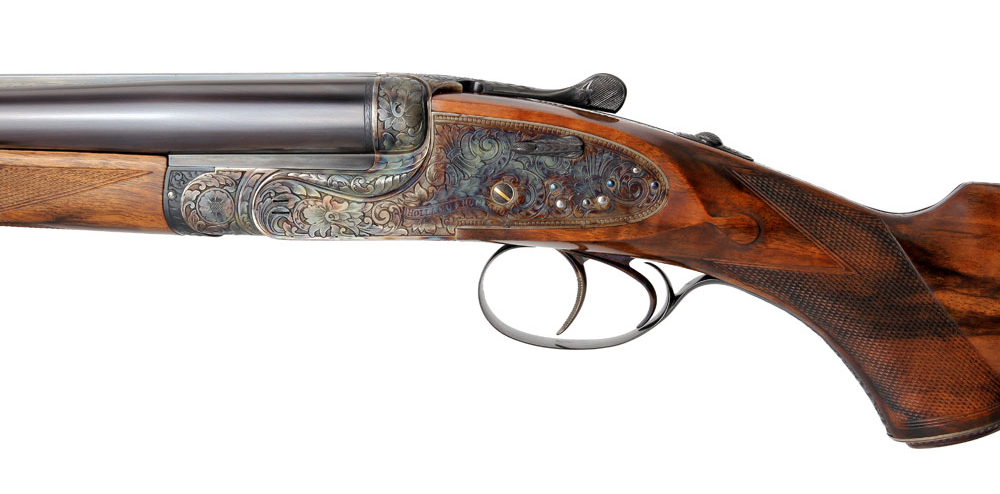
(Note: You will find the above rifle at Holland & Holland’s website if you click here).
The .375 Holland & Holland Magnum proved to be so good that it took until 1925 before Holland & Holland decided that they could neck the cartridge case down to .30 caliber and produce another of the greatest hunting cartridges of all time. When it was first introduced in June 1925 Holland & Holland called it “Holland’s Super .30” and it was to become the father of a whole host of .30 caliber magnums in the succeeding decades.
Holland’s Super .30: Off to a Slow Start
When Holland & Holland first introduced their “Super .30” they kept it as a proprietary cartridge, so no-one else could make a rifle or ammunition in that caliber without their permission. The ammunition was loaded for Holland & Holland by British ammunition maker Kynoch. The three loadings were for a 150 grain bullet at 3.000fps, a 180 grain at 2.700fps, and a 200 grain at 2,350 fps. This performance roughly equates with the performance of the 30-06, but the flanged version of the Super .30 provided flawless function in a double rifle and permitted ejectors to be used.
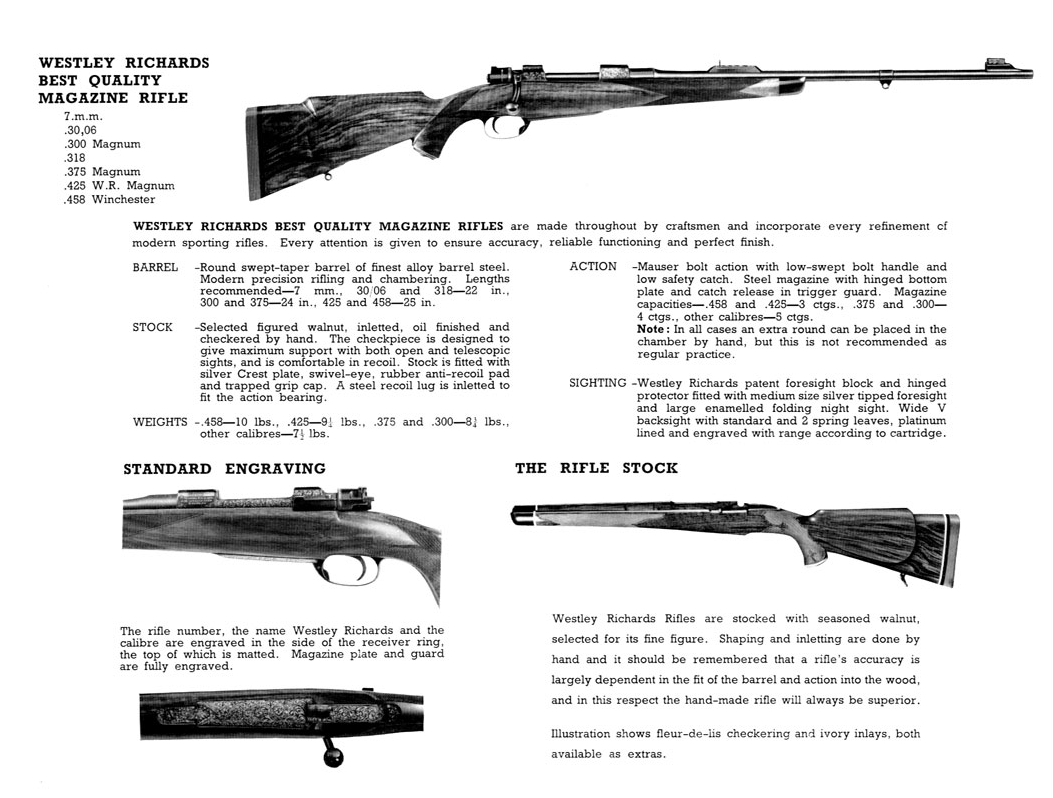
The cartridge case of the Super 30 was tapered, like its .375 H&H Magnum parent, with a long sloping 16° 56’ 59” shoulder angle. The long tapering shoulder provides the benefit of making cartridge feeding extremely easy and reliable. This was no doubt intentional, but was also a good idea because of the Cordite propellant that needed to be used. To load a cartridge at the factory the cordite loading, which was long strands tied together with linen string, was inserted into the cartridge case before the neck and shoulder were formed. Once the Cordite charge was in place the neck and shoulder were sized and then the bullet seated.
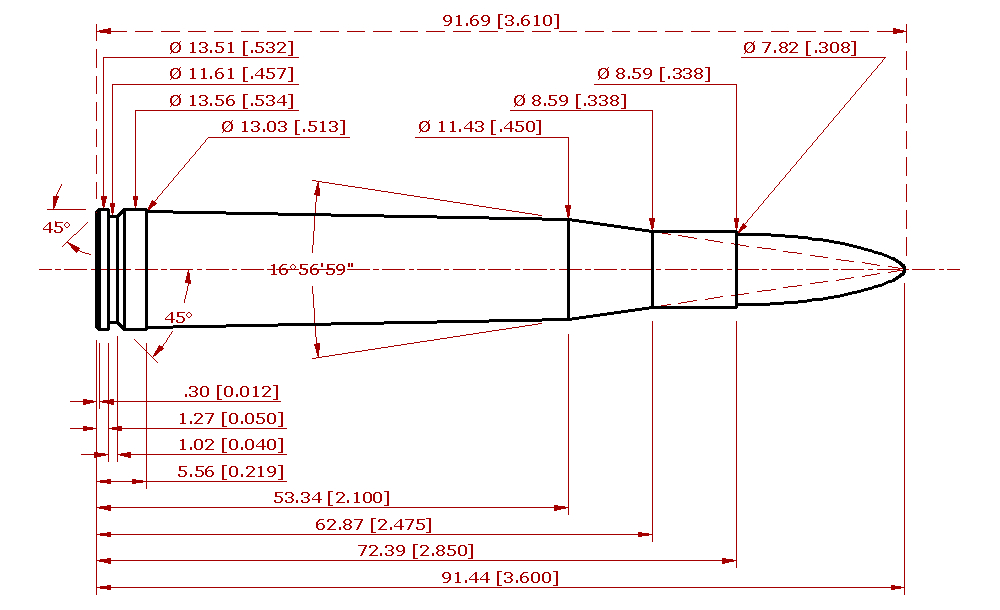
There was another reason for the long sloping shoulder in addition to providing smooth and flawless feeding in a Mauser action rifle however. This was the intention to provide a streamlined and therefore low resistance gas flow, so there would be optimal gas flow to push the bullet at the optimum velocity with least resistance, and thus with less pressure. Holland & Holland were not the only ones to be thinking like this: over in Europe German rifle maker Vom Hofe created his 7×66 Vom Hofe so that when the cartridge was fired the case shoulder would re-form into a double venturi for optimum gas flow from the case into the barrel.
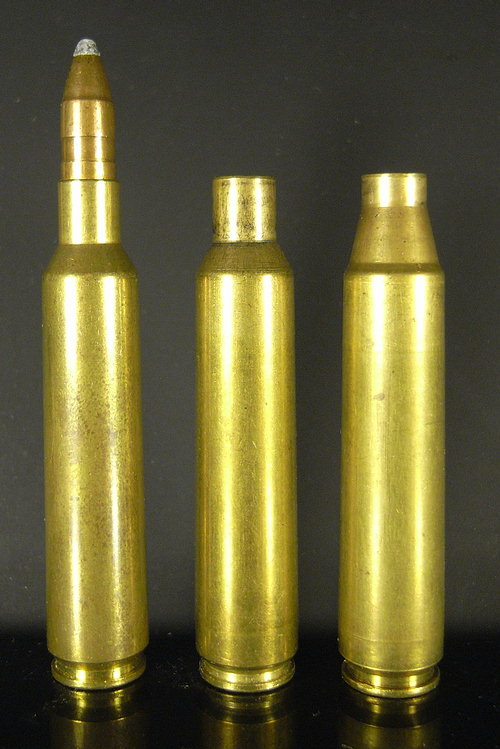
Vom Hofe and August Schuler among others used a gentle sloping shoulder in order to provide for optimized gas flow with minimized resistance. Examples of this design thinking can be seen in the 5.6×61 Vom Hofe Super Express and the 6.5×68 Schuler. One technical observation should be made here: the provision of a long sloping shoulder is not necessarily best for cartridge reloading. In these cartridges not only does the gas flow more freely but it can lead to the brass of the neck also flowing to a small extent which can result in thickening of the brass at the juncture between the case shoulder and neck. The 6.5×68 is one of the cartridges which can be subject to his, necessitating inside neck reaming to ensure the thickening does not cause problems. I used to use the Wilson case trimmer and neck reamer when loading for my 6.5x68mm and still believe it is one of the best designs on the market.
From the British perspective the new .30 Super offered a great improvement over the common .303 British and affluent hunters purchased expensive rifles from Holland & Holland and the also expensive ammunition. Holland & Holland used Mauser 98 actions for these rifles, just as they did for the .375 H&H rifles and because of the length of the cartridges these actions required significant, and expensive, modification.
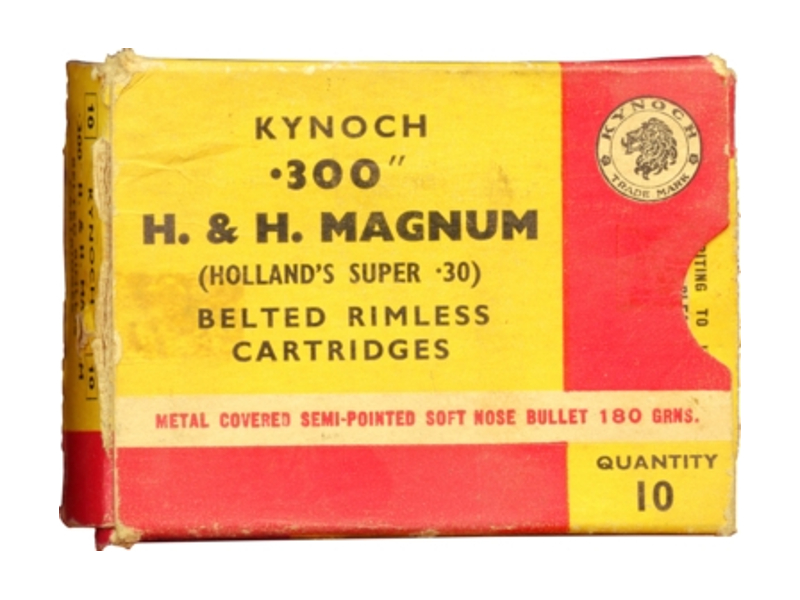
In the late 1920’s Holland & Holland decided to release their Super .30 for public use, so anyone could make ammunition and rifles for it. By this stage the cartridge was known as the .300 Holland & Holland Magnum bringing its name in line with its .375 Holland & Holland Magnum stablemate. Interestingly the cartridge case dimensions seem to have been very slightly altered by this time as can be seen from the diagram below. That being said the .300 H&H Magnum and Holland’s Super .30 are considered to be the same cartridge and the differences are so small as to be considered within tolerance. The cartridge was made to headspace on the belt so the very small change in shoulder angle posed no issue.
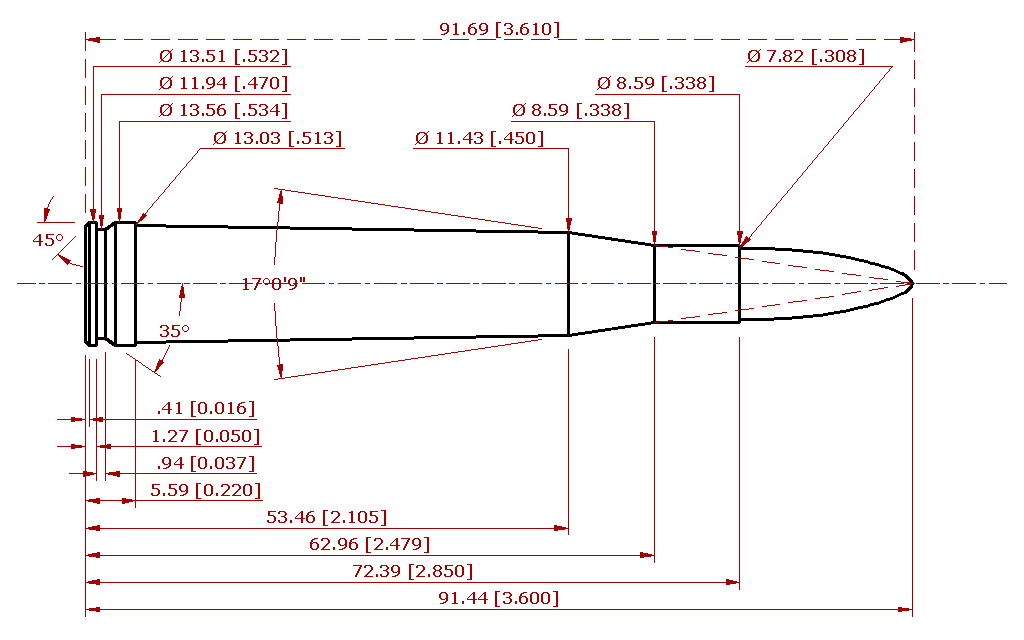
Once the cartridge had been released from its proprietary status American maker Griffin & Howe began making custom rifles for it and American ammunition makers began manufacturing it also. US makers were not using British Cordite but more advanced nitro-cellulose granulated powders and they found that the performance of the .300 Holland & Holland Magnum could be greatly improved, well beyond 30-06 levels.
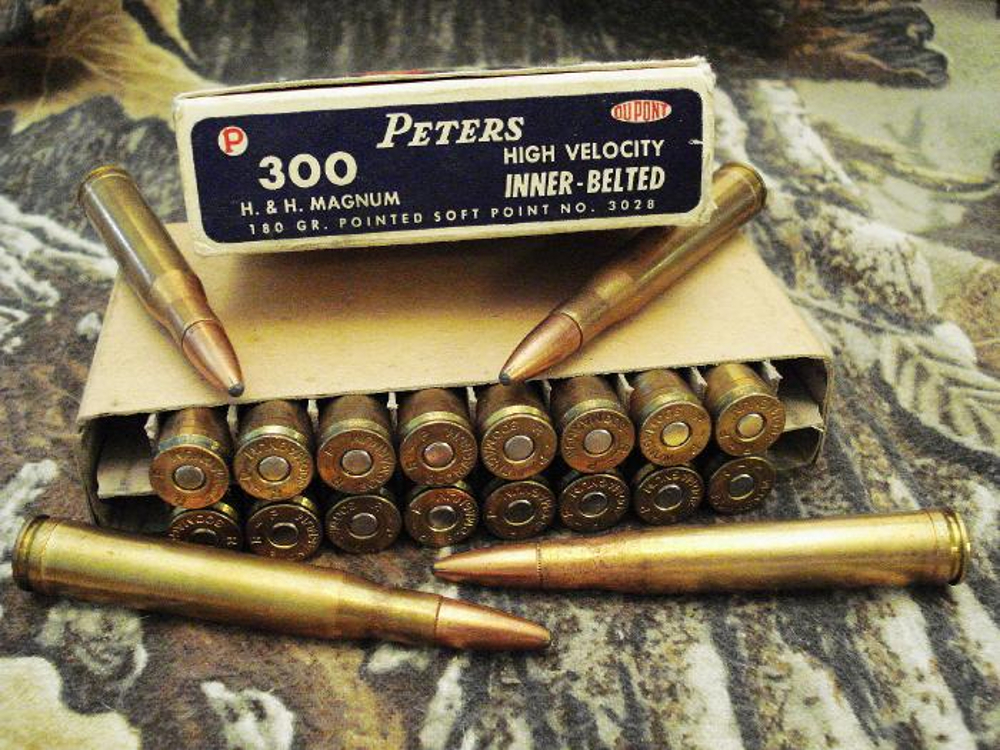
New York based rifle maker Griffin & Howe began making rifles chambered for the .300 H&H Magnum in the late 1920’s but the cartridge did not become an instant best seller. This was for the same reason it had not become enormously popular throughout the British Empire either: it was not an “all around” cartridge like the .375 H&H Magnum, and both rifles and ammunition were expensive, so people did not see a cost-benefit that would motivate them to leave behind their 30-06 Springfield in favor of it. Many hunters and target shooters were First World War veterans who had carried a 30-06 Springfield rifle at the front, or they were children of veterans, and stuck with the cartridge simply because their Dad and lots of people around them favored it. So it took a few years for the .300 H&H Magnum to get noticed, and the event that brought it into the public eye was when a gentleman named Ben Comfort used a Griffin & Howe .300 H&H Magnum rifle built on a Remington 30-S Express (i.e. M17 Enfield) action to win the prestigious 1,000 yard Wimbledon Cup in 1935.
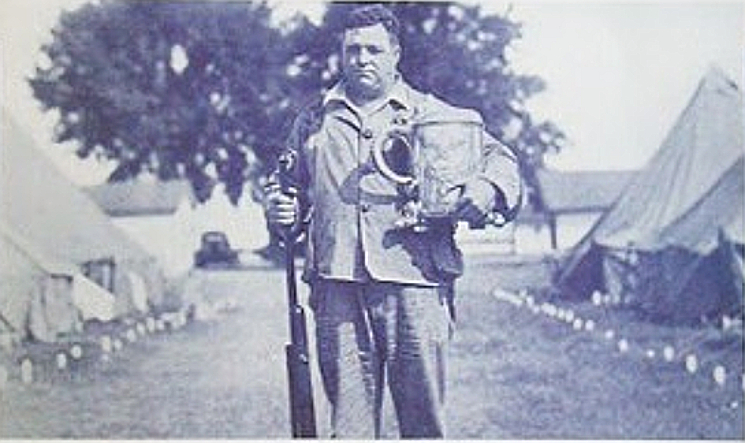
The publicity surrounding Ben Comfort, Griffin & Howe, and the .300 H&H Magnum was the shot of publicity that the cartridge needed and people’s imaginations were kindled. All that was needed was for a mainstream rifle maker to start chambering the cartridge and it would be set to become a popular item.
Enter the Winchester Model 70
Although Ben Comfort’s rifle had been built on a Remington 30-S Express/M17 Enfield action it had been built by Griffin & Howe using a Winchester barrel and had been mounted with a Winchester 5x rifle-scope. Add to that Ben’s ammunition had been Winchester Western also. Winchester took notice of the publicity and the public interest generated by Ben Comfort’s win. 1936 was also the year that Winchester introduced “The rifleman’s rifle”, the Model 70, and the following year they got around to chambering it for the .300 Holland & Holland Magnum and its sibling the .375 Holland & Holland Magnum. Both cartridges were now available in a mainstream and affordable rifle, and not only that, but it was one of the greatest bolt action designs ever created: the magnum revolution was about to begin.

(Note: The above pictured rifle is coming up for sale by Rock Island Auction on February 16th, 2019. To see the sale page click here).
In order to fit the long .300 and .375 H&H Magnum cartridges into the standard length (i.e. 30-06 length) Model 70 action Winchester had to do the same sort of modifications that had been needed on the Mauser 98 actions used by Holland & Holland and others. This meant that the action had to be opened up by milling out part of the receiver bridge and ring, and creating a new longer magazine.
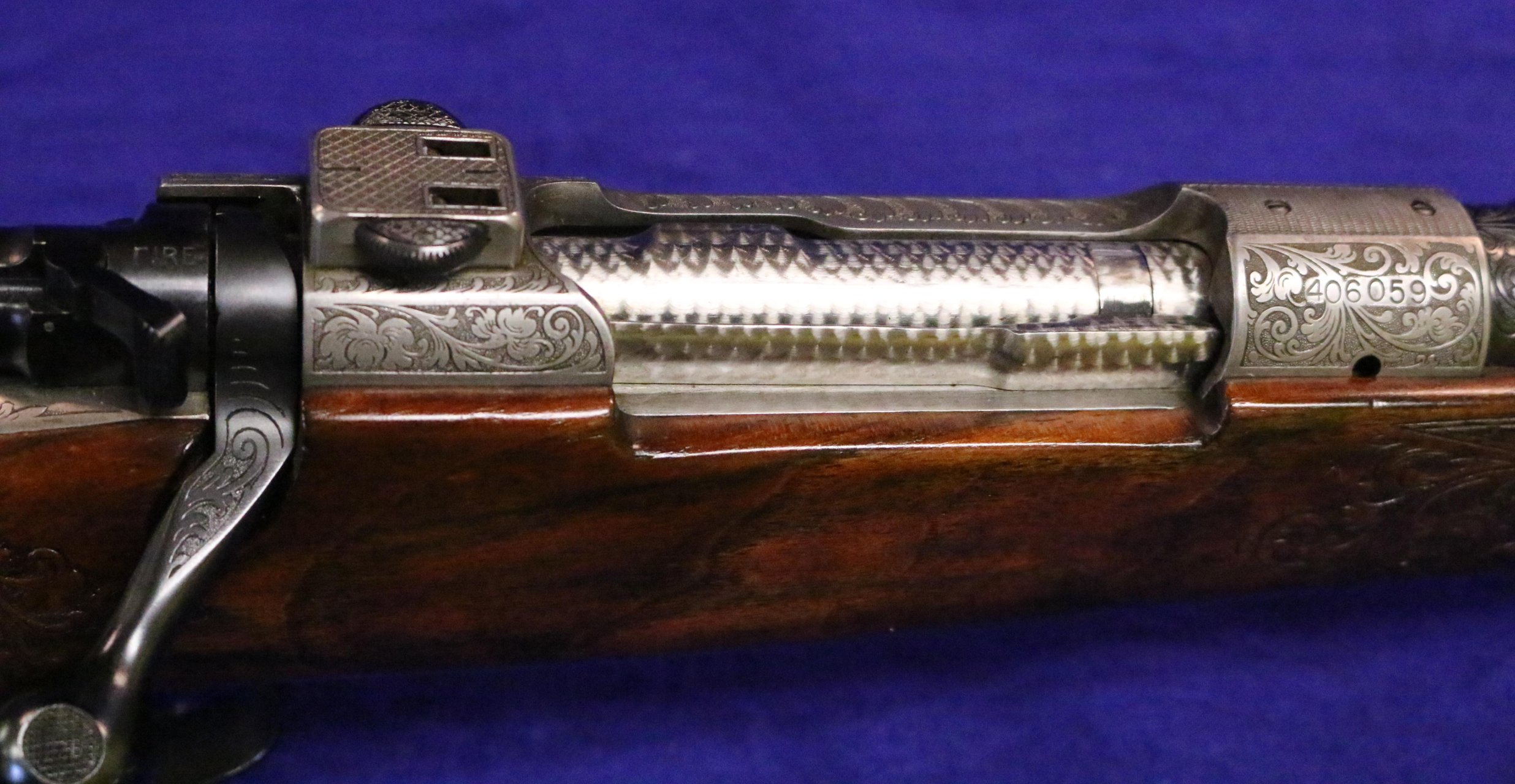
With the .300 Holland & Holland Magnum in regular production Winchester’s Western Cartridge Company introduced two loadings for the cartridge using granulated powders which enabled the velocities to be rather higher than possible with Britain’s Cordite. These two loadings were for a 180 grain bullet leaving a 24″ barrel at 3060 fps (said to make 3,100 fps from a 26″ barrel), and a 220 grain bullet at 2,730 fps. This put the 300 H&H Magnum a full 200 fps faster than 30-06 factory loadings at that time. The .300 H&H Magnum became increasingly popular and also managed another Wimbledon win in 1937.
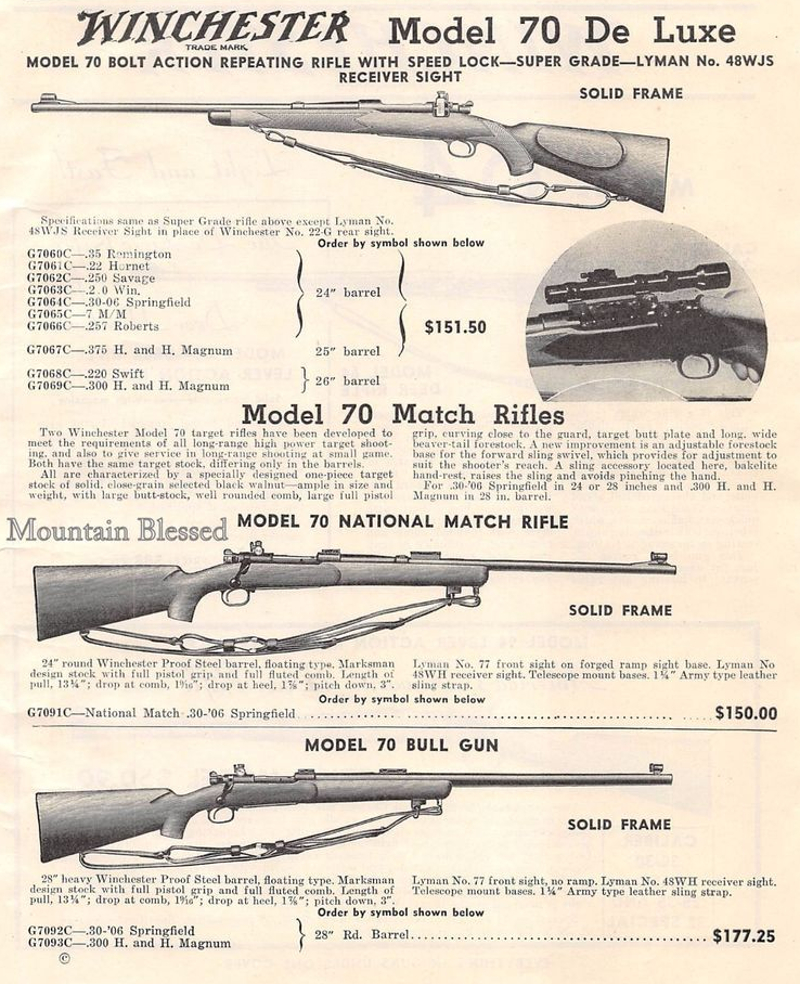
Winchester chambered their Model 70 sporting rifle model and their “Bull Gun” in .300 H&H Magnum catering to both target rifle and hunting rifle customers and the caliber was adopted by such famous names as Elmer Keith and many prominent others including keen hunter and friend of Jack O’Connor, Prince Abdorreza of Iran.
The .300 H&H is Discovered by the Wildcatters
The .300 H&H Magnum was a great cartridge with demonstrated performance credentials both on the target range and out hunting. But as the 1940’s and 1950’s came about some shooters became interested in reloading, and it was a fairly short step from reloading existing cartridges to becoming creative and wanting to design something better. Hodgdon Powder Company began in 1952 selling surplus IMR (Improved Military Rifle) powders by mail order. Although wildcatters used a wide variety of cartridge cases from which to make their creations the .300 H&H Magnum’s belted case stood out as being a particularly easy one to work with in part because of its belted case head making the job of headspacing much easier, and also because a number of the wildcats were created to duplicate the performance of the .300 H&H Magnum but in a standard length action. So a wildcat cartridge that duplicated the case capacity of the .300 H&H Magnum but in a shorter and fire-formed design could be made by trimming the base .300 H&H Magnum case to the correct length, sizing and fire-forming.
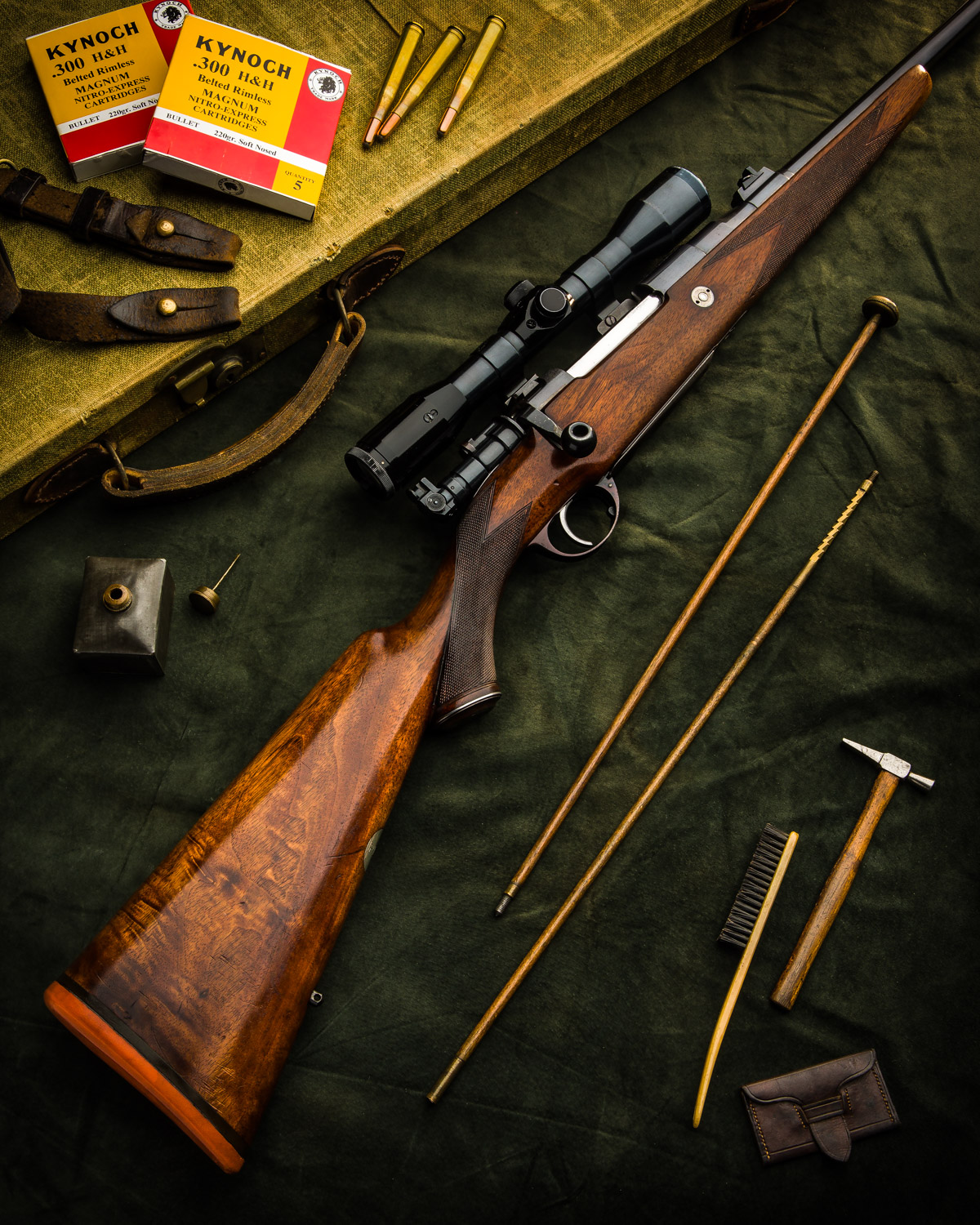
Others, such as Roy Weatherby, decided to keep the .300 H&H Magnum full length and simply fire-form it to gain his fatter larger capacity case with its characteristic double radiused shoulder. Roy Weatherby created his .300 Weatherby Magnum in 1944 and he was probably not the first to fire-form the full length .300 H&H Magnum case to make a bigger and more powerful .30 caliber magnum.
For those interested in the Wildcat cartridges of the 1940’s-1960’s P.O. Ackley’s “Handbook for Shooters and Reloaders” published in 1962 is highly recommended. You will find a modern reprint at reasonable cost if you click here.
Superseded by the .300 Winchester Magnum
The .300 H&H Magnum was, and still is, one of the great rifle cartridges of all time and Winchester were not in any hurry to pick up on the work being done by the wildcatters but were content to simply continue to make .300 H&H Magnum rifles and ammunition. It was not until the early 1960’s with Roy Weatherby’s .300 Magnum becoming fairly popular, and Norma deciding to formally adopt their own short magnum based on the .300 H&H Magnum, the .308 Norma Magnum, that Winchester finally decided to create a cartridge of their own. The design brief for the .300 Winchester Magnum was to duplicate or slightly exceed the performance of the .300 H&H Magnum and this was accomplished by shortening the case from 2.850″ to 2,620″, blowing out the case for larger diameter, and also moving the more sharply angled shoulder forward leaving a less than caliber length neck. Despite the fact that the design seemed to break a few rules for what a successful cartridge should be like the .300 Winchester Magnum managed to slightly exceed the performance of the .300 H&H Magnum, and also demonstrated excellent accuracy, at least equal.
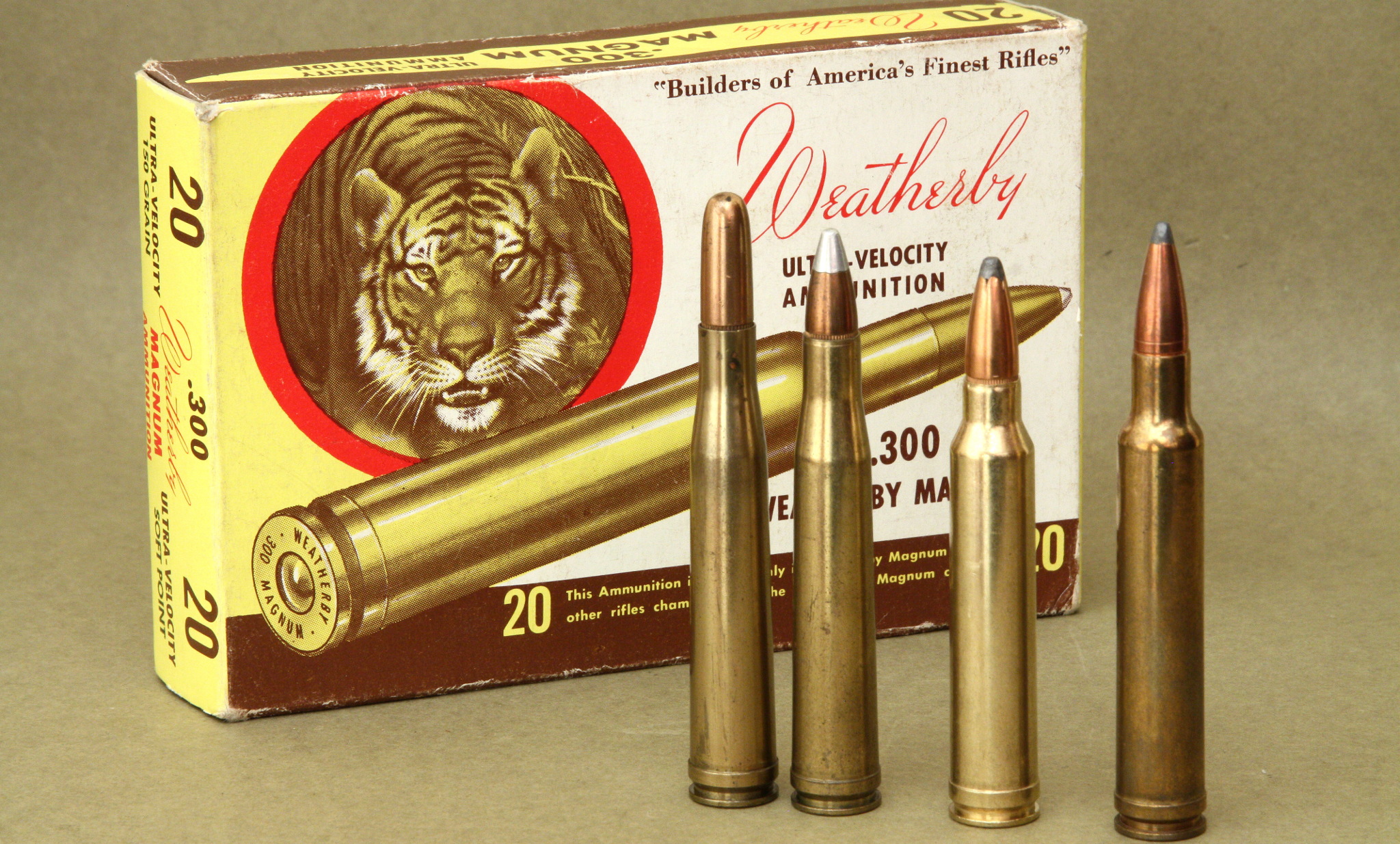
The .300 Winchester Magnum made its debut in 1963 and quite rapidly went on to become the most popular .30 caliber magnum in the world, consigning its parent, the .300 H&H Magnum to the history books. The cartridge is still favored by those who have a great affection for the original cartridge and the rifles it was made for. Interestingly when Winchester set about the process of re-introducing the controlled feed Model 70 back in about 1992 one of the calibers it was made in was .300 Holland & Holland Magnum.
Ammunition and Load Data
Ammunition for the .300 H&H Magnum is still available but the choices are becoming increasingly limited. Hornady make ammunition for this caliber in their “Custom Line” loaded with their 180 grain Interbond bullet leaving the muzzle at 2,900 fps. By comparison the .300 Winchester Magnum loadings for the same bullet weight tend to be around 2,960 fps.
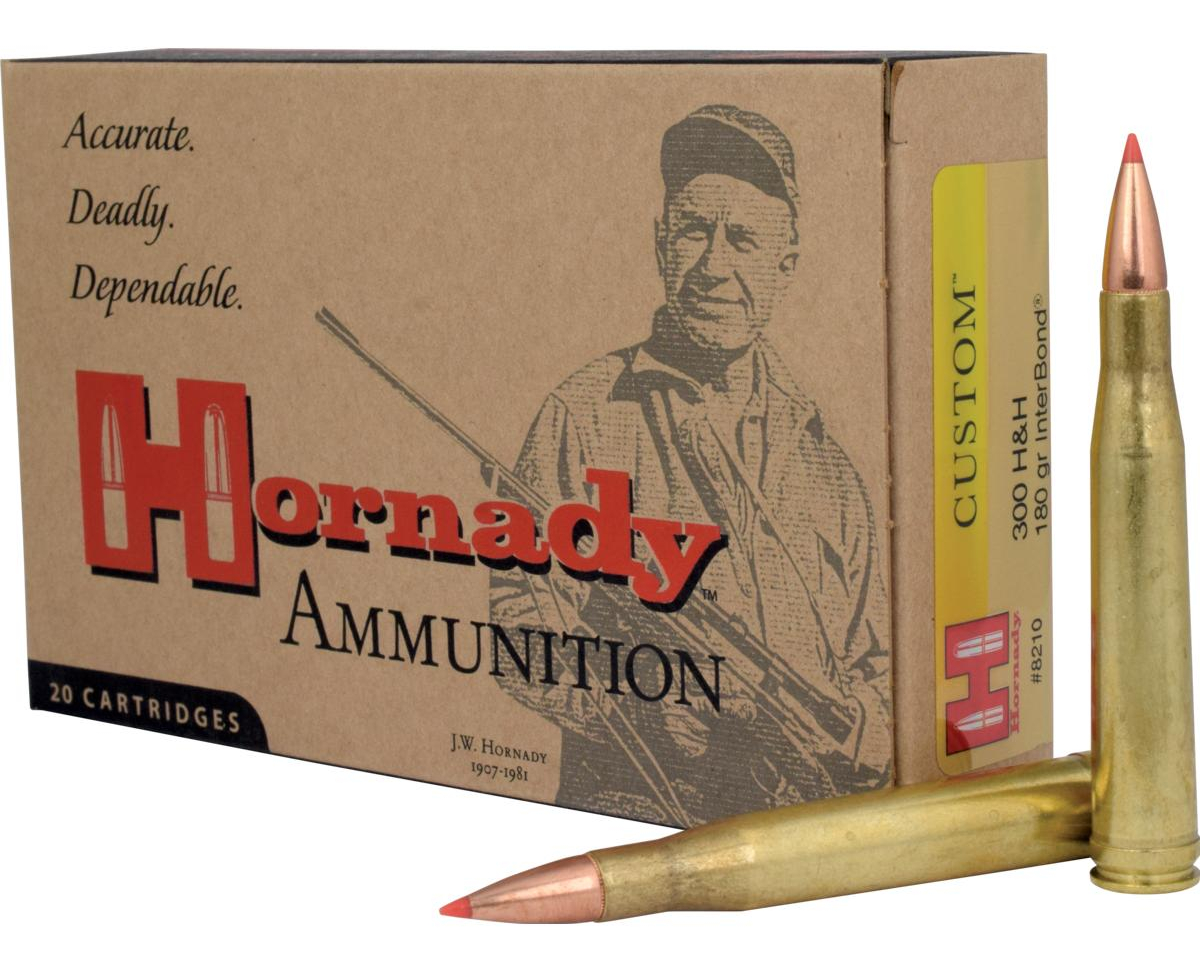
Nosler make an extensive range of ammunition for the .300 H&H Magnum offering 150gn, 180gn, and 200gn bullets in their Custom line and 165gn and 180gn in their Trophy Grade. Nosler also publish their load data for the .300 H&H online.
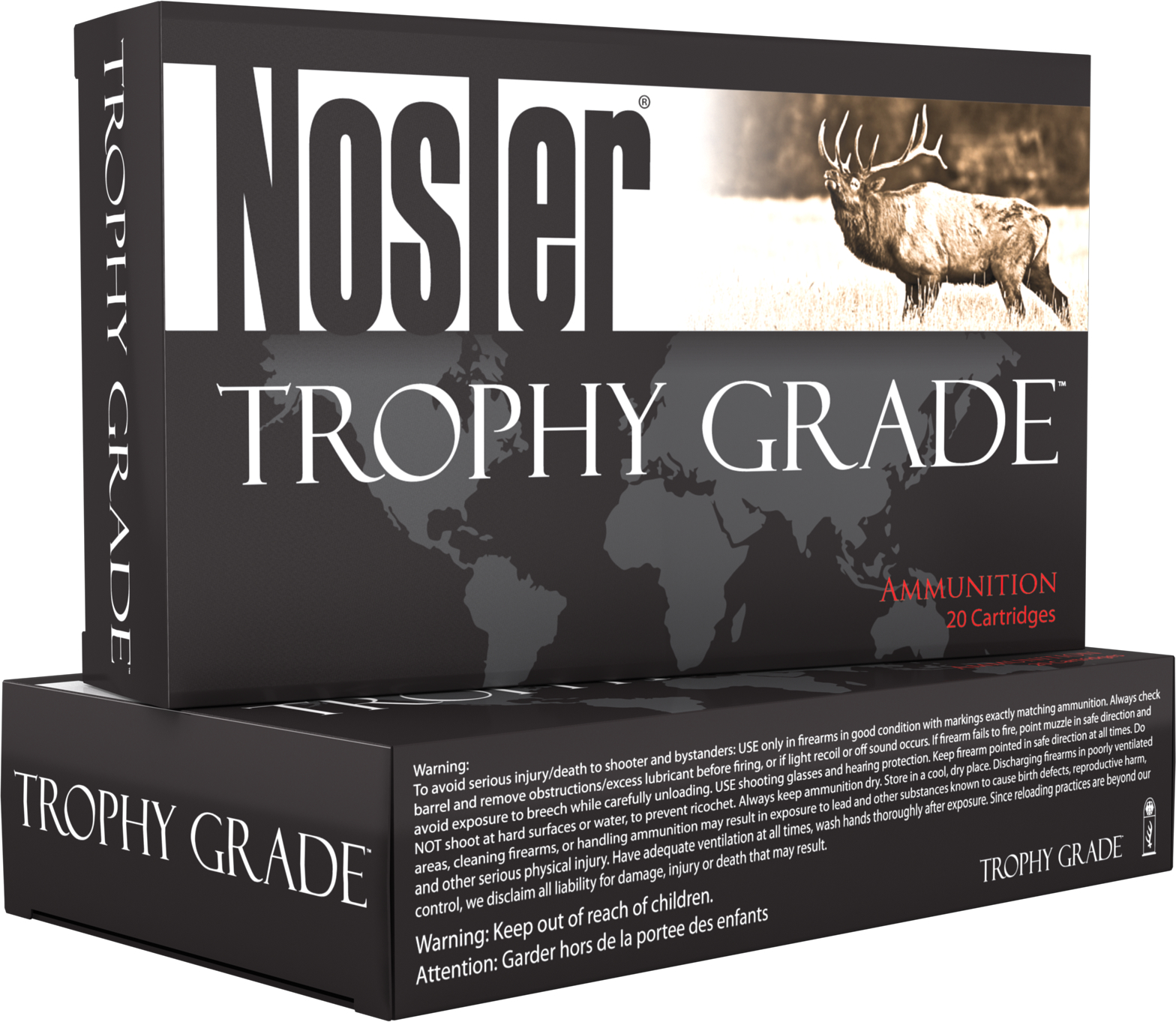
Another manufacturer that makes ammunition for the .300 H&H Magnum is Federal. The Federal loading uses their 180gn Trophy Bonded Tip bullet at a velocity of 2880 fps. The bullet has a ballistic coefficient of .5.

Load data for the .300 H&H is plentiful and as it uses .30″ caliber (.308″ diameter bullets) there is an abundance of suitable bullets for reloaders to choose from. For those wishing to load for the flanged (rimmed) version, the .300 Super Magnum Flanged for a double rifle Woodleigh Bullets Loading Manual is recommended. This manual covers the belted .300 H&H Magnum version also.

Conclusion
The .300 Holland & Holland Magnum (Holland’s Super .30) and its .300 Super Magnum Flanged sibling have been a major part of the sporting rifle history of the last ninety plus years and although the cartridge’s popularity is fading at present this remains a great cartridge. It feeds with a smoothness that the modern short fat magnums simply can’t, it delivers ballistic performance about equal to that of the popular .300 Winchester Magnum, and it is a cartridge that has been used and favored by some of the greatest names in sporting shooting. Not only that but it often turns up in old classic rifles that just exude character and quality.
If you have a .300 H&H sitting at the back of your rifle safe you might just want to dust it off, give it a bit of a clean and light oil, and take it out to do some shooting with it. You might just find that it is surprisingly gentle to shoot, and that it hits with plenty of authority. You should also find that the way it feeds and ejects leaves much of the modern offerings in the dust.

If you are one of those blessed souls who is contemplating a magazine rifle from Holland & Holland then you might want to consider having it chambered in .300 Holland & Holland Magnum. Such a rifle can be expected to feed, function and shoot flawlessly, in short it will become such a favored companion that you will never want to part with it.
Back in the days when the .300 H&H was created the British knew a great deal about rifle design, they had a depth of knowledge and practical experience that was, back then, unsurpassed: the .300 Holland & Holland Magnum is a surviving testimony to that.
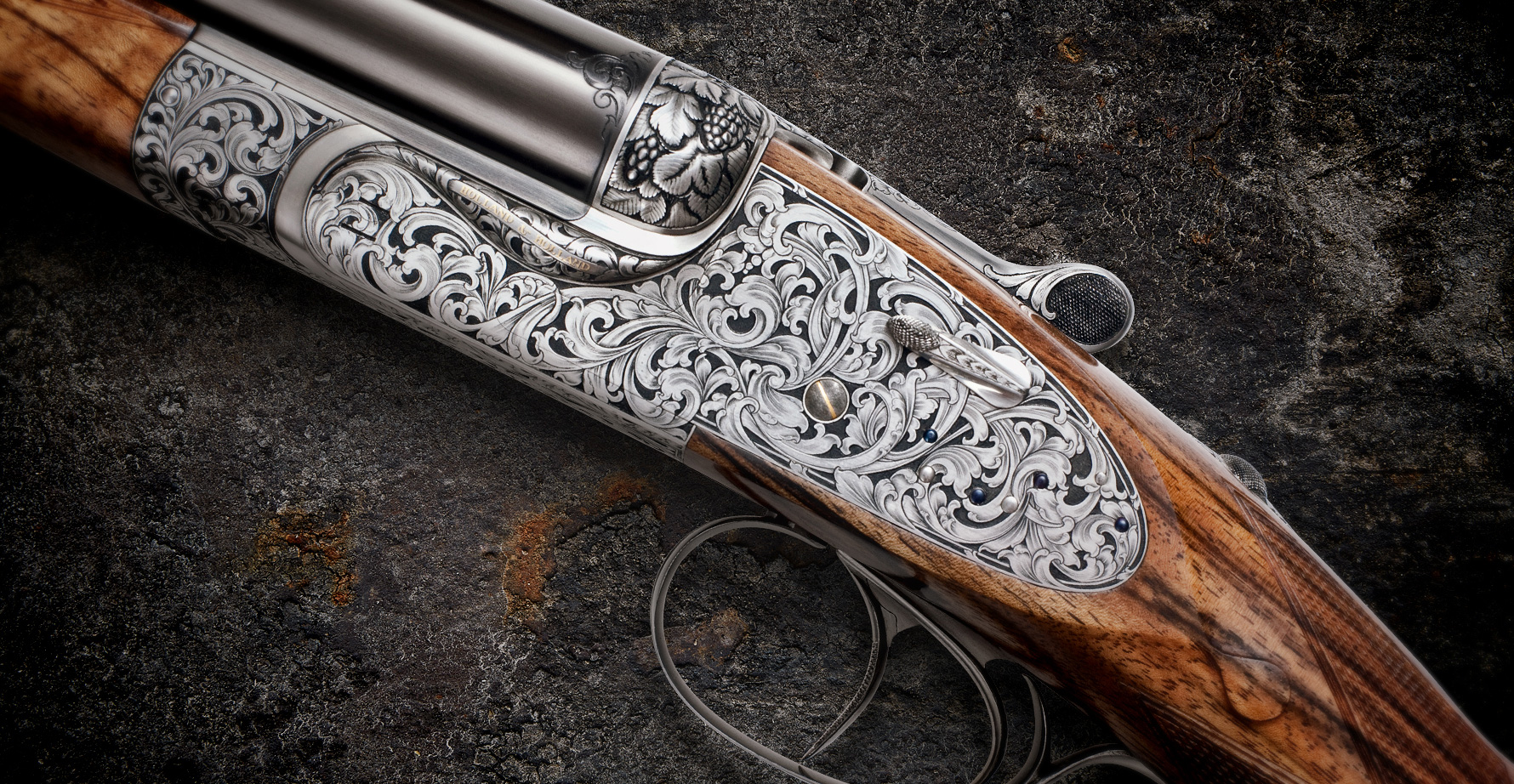

Jon Branch is the founder and senior editor of Revivaler and has written a significant number of articles for various publications including official Buying Guides for eBay, classic car articles for Hagerty, magazine articles for both the Australian Shooters Journal and the Australian Shooter, and he’s a long time contributor to Silodrome.
Jon has done radio, television, magazine and newspaper interviews on various issues, and has traveled extensively, having lived in Britain, Australia, China and Hong Kong. His travels have taken him to Indonesia, Israel, Italy, Japan and a number of other countries. He has studied the Japanese sword arts and has a long history of involvement in the shooting sports, which has included authoring submissions to government on various firearms related issues and assisting in the design and establishment of shooting ranges.

